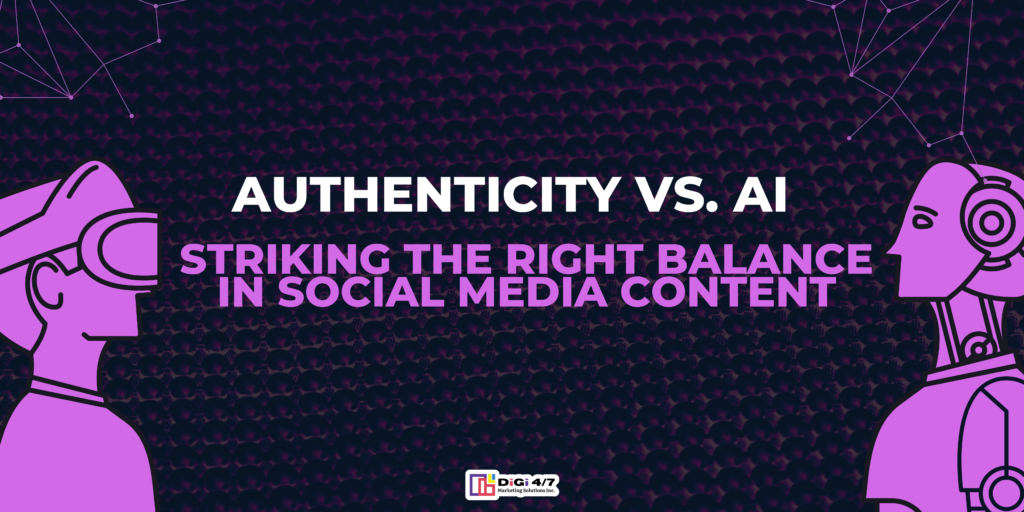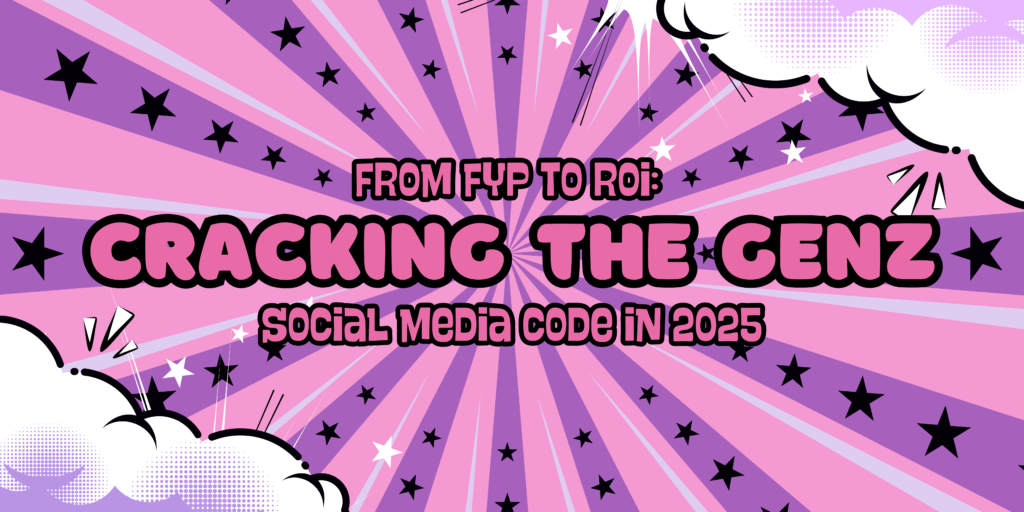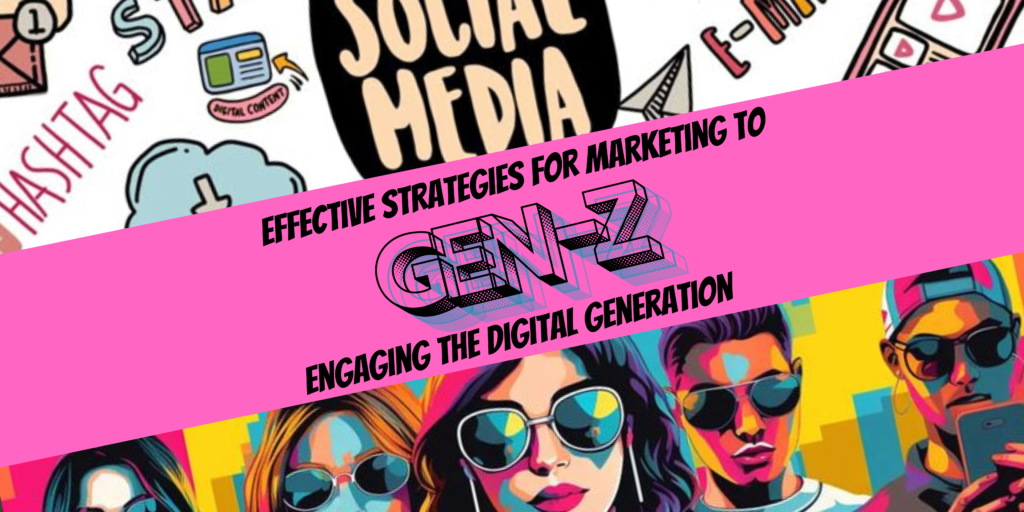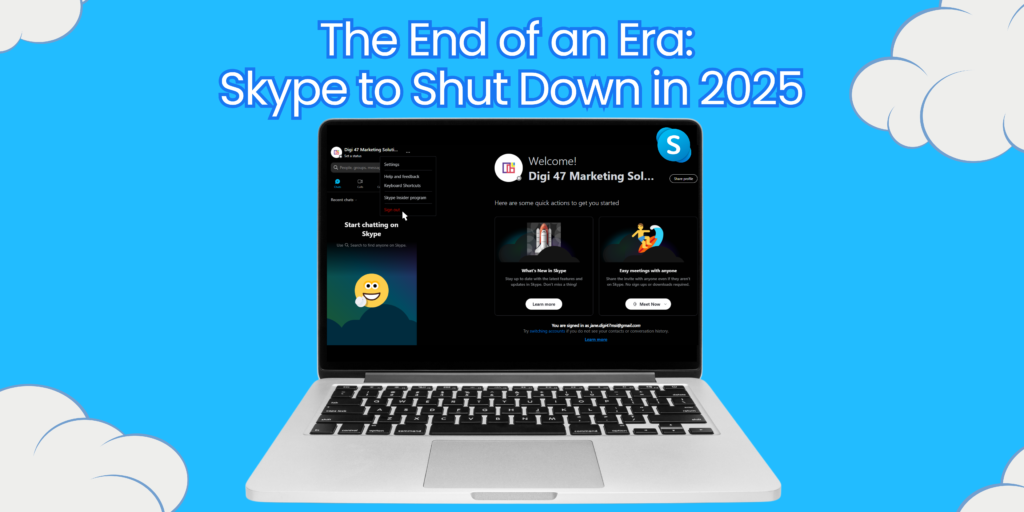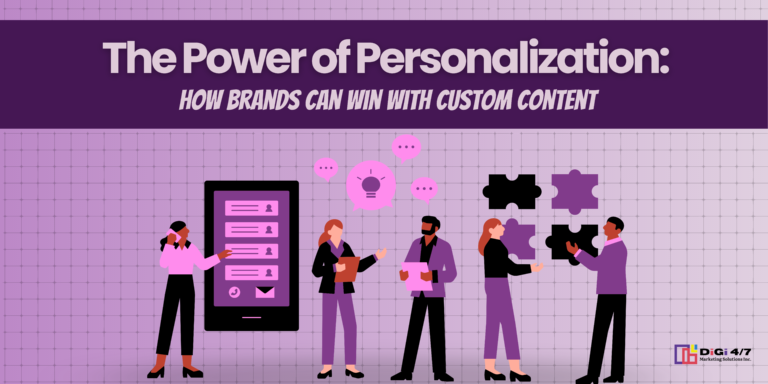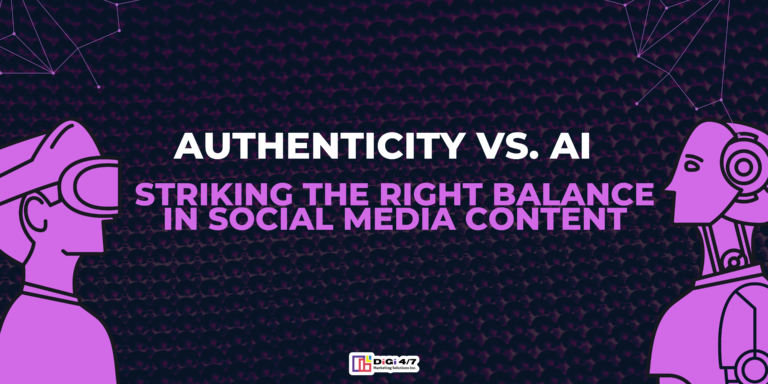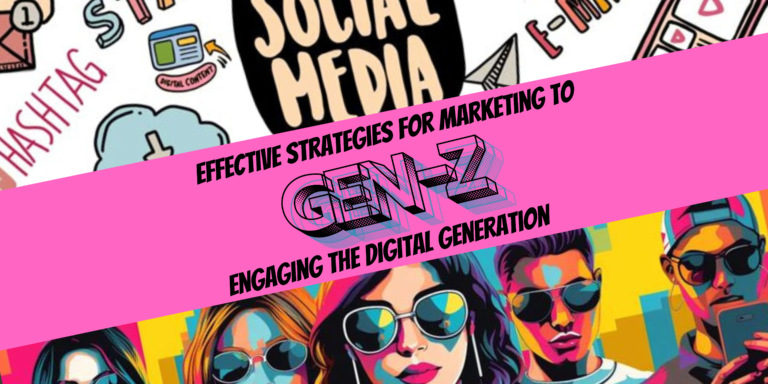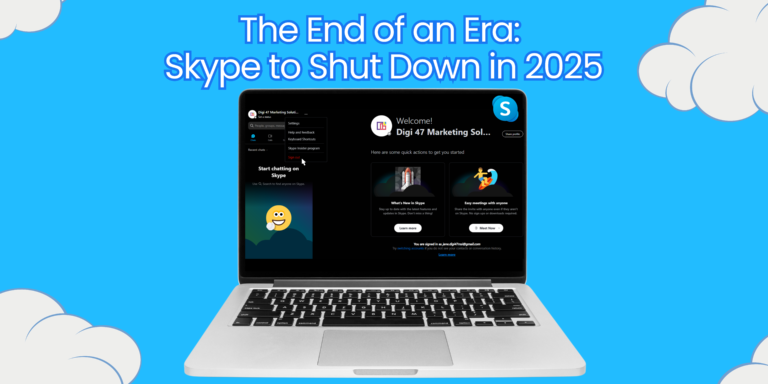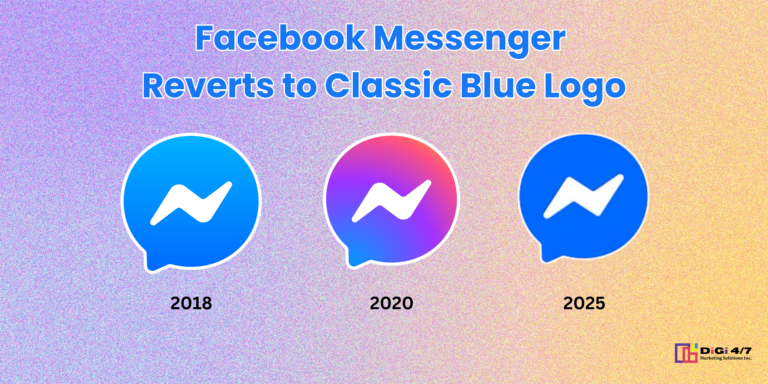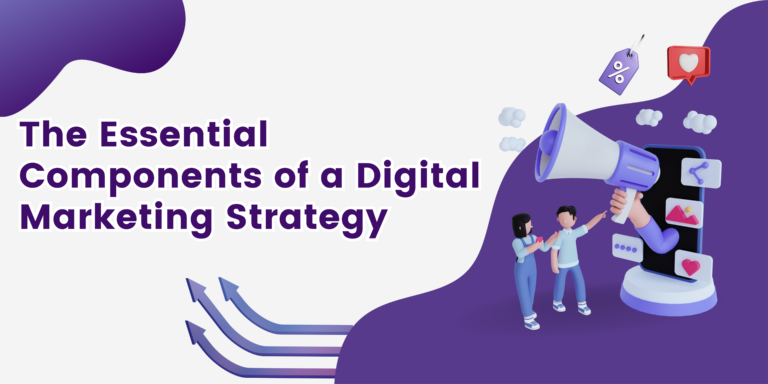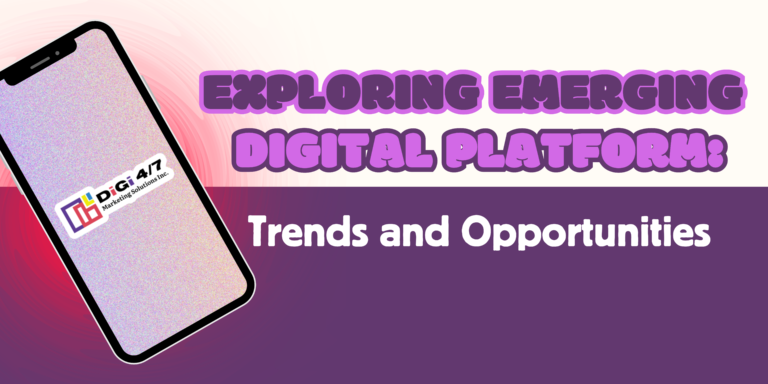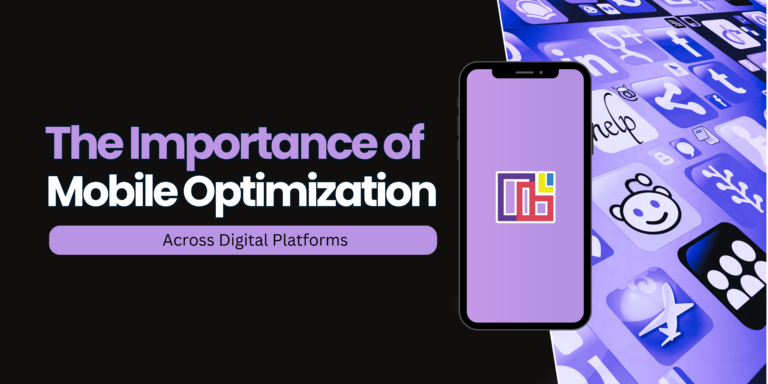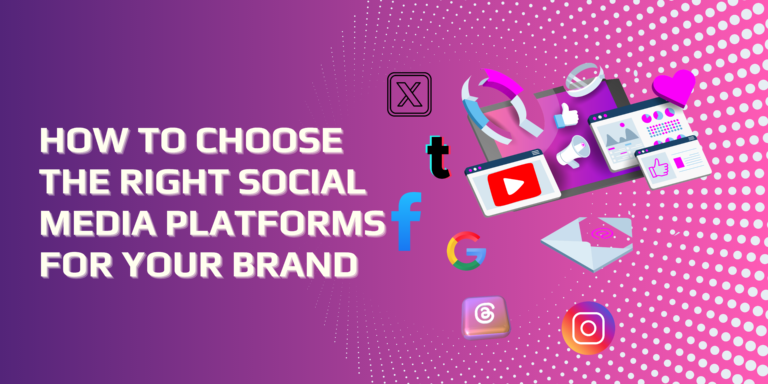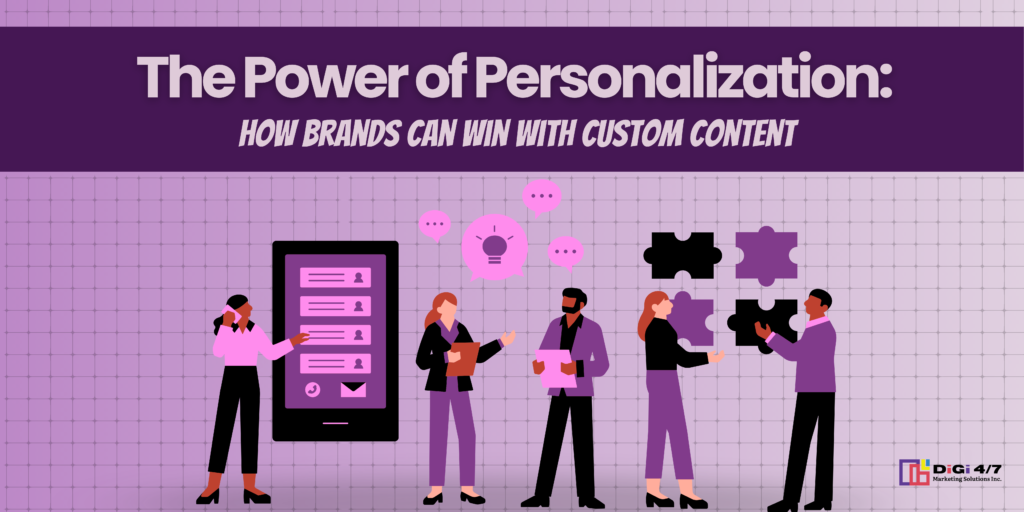
The Power of Personalization: How Brands Can Win with Custom Content
Think back to the last time you opened an email that felt incredibly personal or when you clicked an online ad that was exactly the thing you had been looking for. That’s the magic of personalization at work. Now, in the fast-paced world we live in, a customer expects the brand to recognize them and serve the content that is relevant. Personalized marketing, against one-size-fits-all advertising, gives businesses an opportunity to approach customers on a much deeper level. Let’s dive into the compelling reasons why brands should consider incorporating personalization in their marketing strategies to gain and keep loyal customers.
1. Why Personalization Matters
Humans feel special if treated that way. When businesses present content according to an individual’s interests, it makes them likely to connect, buy, and remain loyal. Rather than pushing the same message to everyone, companies prioritizing personalization are able to connect with customers better.
How Personalization Helps:
- Recommended products based on browsing or purchasing history
- Sending emails with subject lines and content tailored to an individual
- Displaying ads that are relevant to someone’s interests and behavior
- Providing special discounts based on previous purchases
2. How Companies Use Data to Personalize
In order to make the content personal, companies use data to know what people like. By monitoring search history, purchase behavior, and online activity, brands can guess what individuals will want and serve them the right product or service at the moment. But use it responsibly, and don’t forget to preserve customer privacy.
Methods Brands Use Data:
- Tools driven by artificial intelligence that suggest products based on search behavior
- Segmenting customers by interests, age, or location to send personalized offers
- Monitoring website behaviors to enhance suggestions
- Chatbots that offer rapid and tailored customer support
3. Making Content More Interactive
Personalization isn’t simply putting a name in an email, it’s about making each customer’s experience unique. Interactive content makes browsing and shopping more fun.
Examples of Interactive Content:
- Entertaining quizzes that recommend products based on responses
- Videos that switch depending on a viewer’s interests
- Sites that reveal personalized suggestions
- Custom lists, dashboards, or bundles of products
4. How Personalized Email and Messages Function
Emails and notifications are most effective when they are perceived as relevant. Standard messages tend to be dismissed, but personalized messages attract attention and result in engagement.
Successful Strategies:
- Issuing reminders for abandoned shopping carts
- Providing birthday or anniversary sales
- Issuing push notifications depending on browsing or shopping behavior
- Deals based on geolocation matching where a customer is
5. Personalizing Online Purchasing
Shoppers expect online stores to know their preferences and make it easier to shop. Online sites that suggest products based on history enhance the shopping experience and drive sales.
How Online Stores Use Personalization:
- AI-based product suggestions
- Exclusive discount codes for repeat customers
- Virtual try-on features for clothing and accessories
- Personalized homepages that modify according to previous visits
6. AI and the Future of Personalization
Artificial intelligence (AI) is making personalization smarter. AI technology enables companies to monitor customer behavior in real-time and adapt content based on it.
How AI is Revolutionizing Personalization:
- Content created by AI based on customers’ preferences
- Chatbots that provide instant help and suggestions
- Social media streams personalized to users’ likes
- Rocial media streams personalized to users’ likes
7. Balancing Personalization with Privacy
Personalization makes buying easier but people aren’t exempt from concerns about privacy. Brands need to be open and transparent about how they collect and use data in order to build customer trust.
Best Practices for Privacy:
- Providing customers with control of their data settings
- Transparency on how personal data is being used
- Strong security practices to safeguard data
- Enabling customers to opt out of targeted marketing
Why Personalization is the Future
Personalization is not just a trend; it’s a strong strategy for how brands interact with their customers. In a bid to increase engagement, deepen client relationships, and drive revenue, more companies are investing in personalized content. To differentiate themselves in a market that is increasingly competitive, brands can leverage data wisely, deliver compelling experiences, and be privacy-respecting.
The future of marketing is personal. Is your brand ready?

